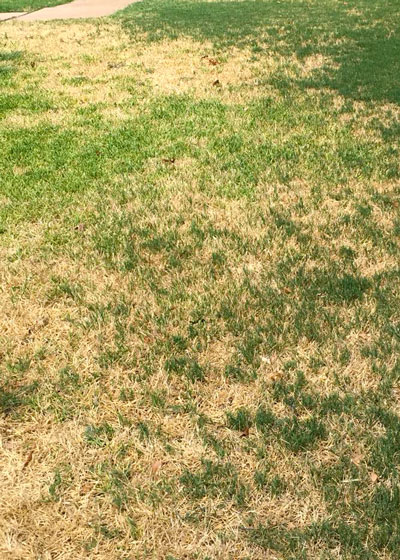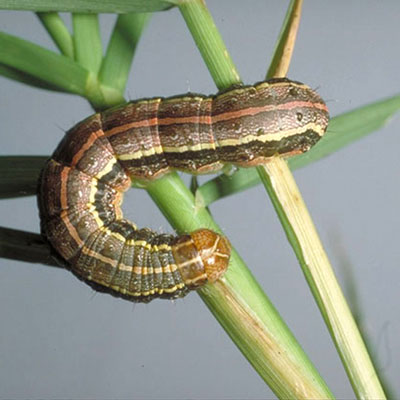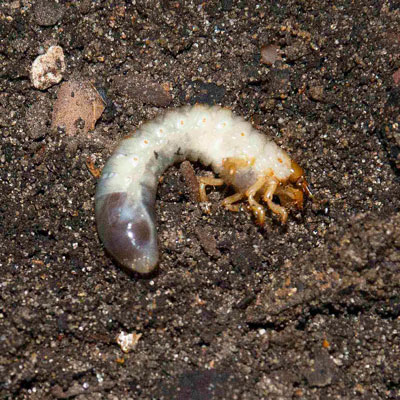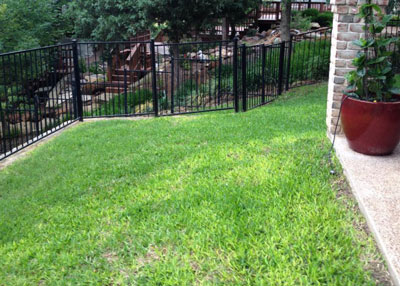Question of the Week – Number 2: April 25, 2019
“We had a terrible problem with chinch bugs last summer, armyworms last fall and maybe even grub worms this spring. Is there anything we should be doing now to prevent them?”
I’m going to address these three turfgrass problems individually. I’ll throw in a bonus one to boot.

• Chinch bugs. These always show up in the sunniest, hottest parts of your St. Augustine lawn. The grass will appear to be dry, but watering won’t bring it back. They usually return to the same places in your lawn every year unless trees grow larger and cast more shade in those spaces. But there is no preventive treatment to apply now. Watch for the dry-appearing grass in mid- to late June or July. Check for chinch bugs then, and treat as needed. Watch for details here at that time.

• Armyworms. These attack primarily bermuda turf, and they don’t show up every year. You’ll see lots of birds feeding on grass that seems to be yellowing. Look closely and you will see the caterpillars (larval stage of harmless looking moths). They usually don’t appear until August or September, and again, you may go five or 10 years without seeing them again. Wait until they come back before you worry about treating them. The good news is that they feed only on grass blades, not on the runners or roots, so grass that’s been impacted will bounce right back. No call to action until you see damage.

• Grub worms. Everyone gets nervous when they’re working their gardens in spring and they unearth a few grub worms. But it takes five grub worms per square foot to do measureable damage to turf and other landscape plants, and we rarely have that many. Plus, they hatch in July and early August, and they do most of their feeding late summer and through the fall. Treating anytime after November 1 is probably a waste. In fact, treating at all is probably unnecessary. There is certainly no call to action now. If there is later, I’ll tell you at the appropriate time.

• Take all root rot. If you have St. Augustine that is failing to green up properly this spring, the TARR fungus may be involved. It attacks the grass roots leaving the turf looking starved for nitrogen. But fertilizer doesn’t help. Based on research done by my friend Dr. Phil Colbaugh, retired plant pathologist of the Texas Agricultural Experiment Station of Texas A&M, I used to recommend applying a 1-inch layer of sphagnum peat moss to slow the progress of the fungus. This year, however, Dr. Colbaugh has announced that the fungicide Azoxystrobin has shown excellent results in stopping the disease. It is sold at the consumer level under the brand of Scotts Disease-EX. Lawn care companies know it as Heritage.
